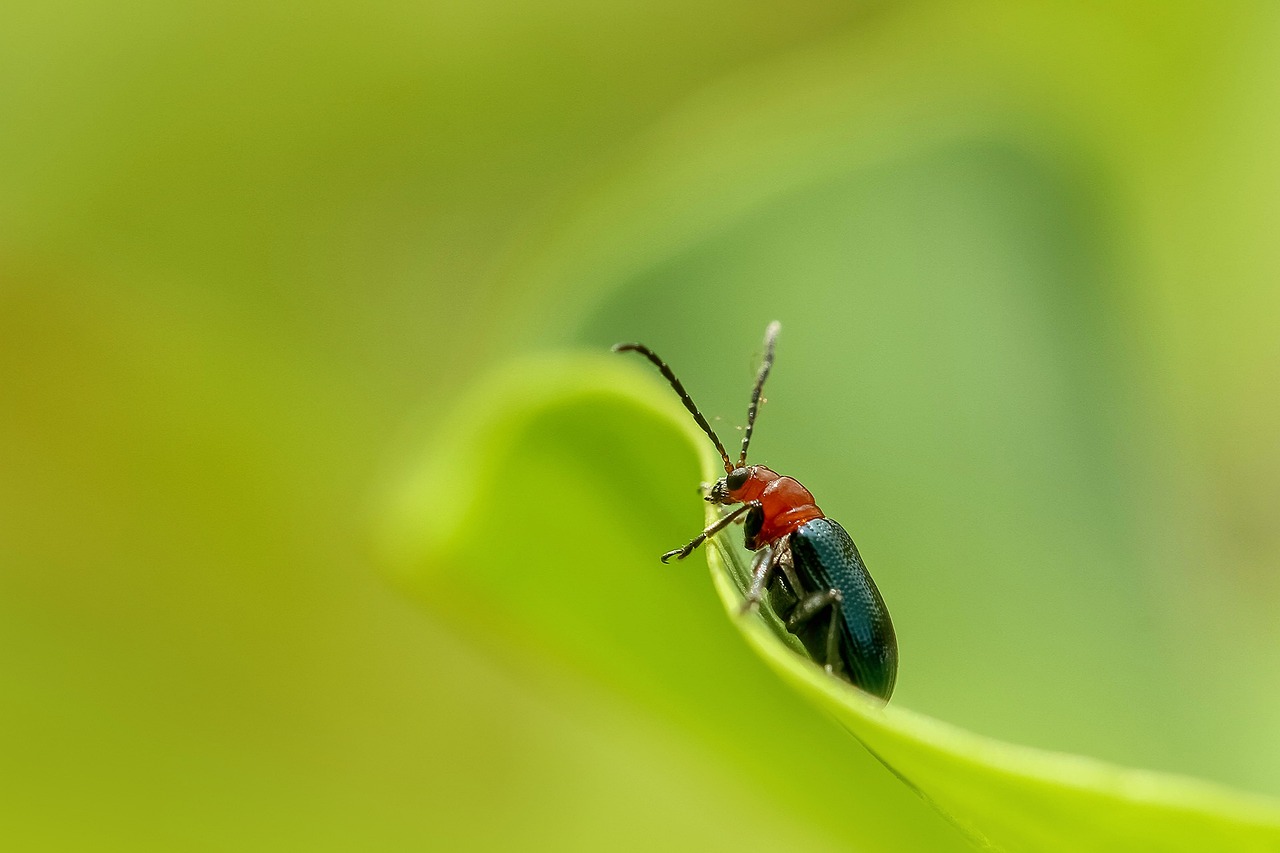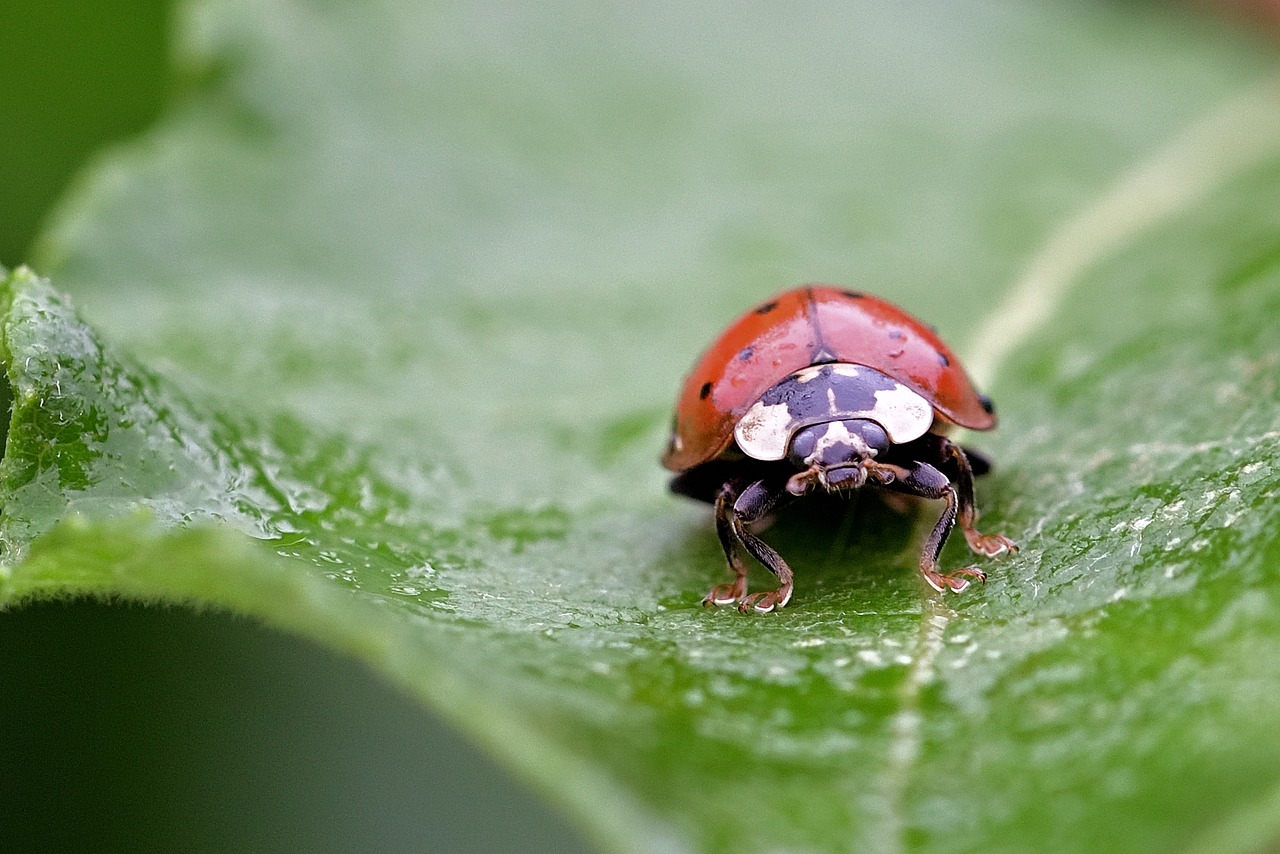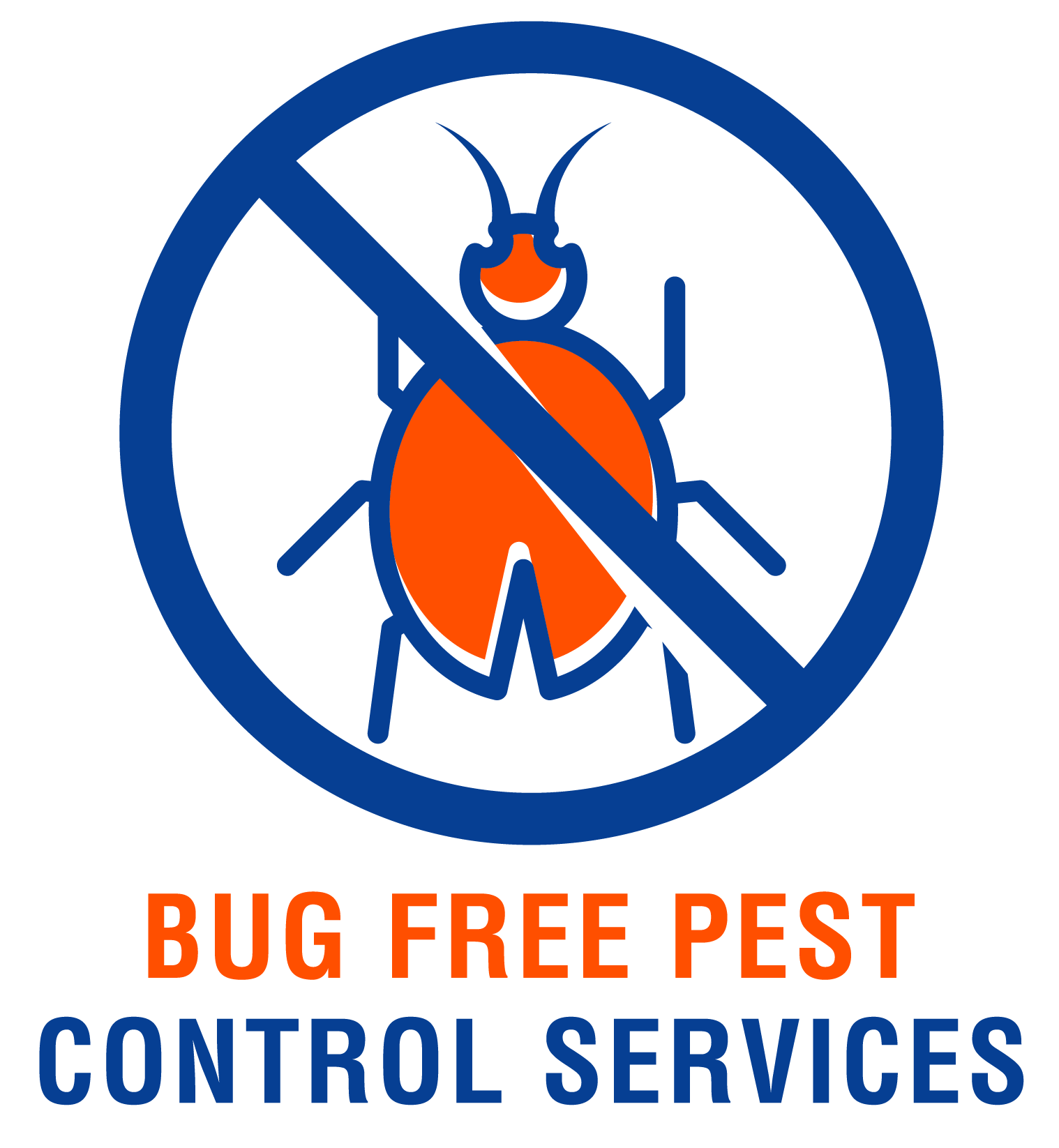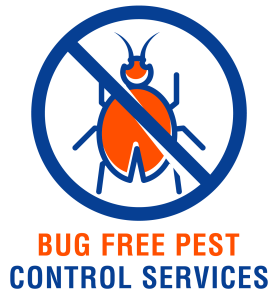You may have heard stories of people waking up covered in itchy red bumps, only to discover they were being feasted upon by an unwelcome intruder–bed bugs. In this article, we will explore the telltale signs of a bed bug infestation, allowing you to quickly identify these elusive pests and take action. From spotting tiny dark stains on your sheets to uncovering their discarded exoskeletons, arming yourself with the knowledge of these signs can help you sleep soundly and avoid a full-blown bed bug nightmare.

Visual Signs
Live bed bugs
One of the most obvious signs of a bed bug infestation is the presence of live bed bugs. These small, reddish-brown insects can often be found crawling around on your mattress, bedding, or furniture. They are typically about the size of an apple seed, making them easily visible to the naked eye. If you spot any live bed bugs in your home, it’s important to take immediate action to prevent the infestation from spreading.
Bed bug eggs
Bed bugs lay eggs that are about the size of a pinhead and are white or translucent in color. These eggs can often be found in the seams and crevices of your mattress, as well as in cracks and crevices near your bed. If you notice small, white eggs in these areas, it’s a clear sign that you have a bed bug infestation.
Dark stains on bedding
Another visual sign of a bed bug infestation is the presence of dark stains on your bedding. Bed bugs feed on human blood, and as they do so, they often leave behind dark, rusty stains on your sheets, pillowcases, and mattress. These stains are caused by the bed bugs’ digestive fluids and can be an indication that bed bugs are present in your bed.
Physical Signs
Bites on your body
If you wake up in the morning with small, itchy red bumps on your body, it could be a sign that you have been bitten by bed bugs. Bed bug bites often appear in a line or cluster, and they can be extremely itchy and uncomfortable. While bed bug bites are not known to transmit any diseases, they can cause significant discomfort and irritation.
Visible bite marks
In addition to the itchy red bumps, bed bug bites may also leave visible bite marks on your skin. These bite marks can appear as small, red welts and can be present on any exposed part of your body. If you notice bite marks that resemble those caused by mosquitoes or fleas, it’s important to consider the possibility of a bed bug infestation.
Blood stains on sheets
When bed bugs bite, they pierce the skin and feed on human blood. As a result, you may notice small blood stains on your sheets or pillowcases. These stains are caused by the bed bug feeding and can indicate their presence in your bed. If you find blood stains on your bedding, it’s important to thoroughly inspect your bed and surrounding areas for any signs of an infestation.
Bedroom Inspection
Checking mattress and box spring
To effectively inspect your bedroom for bed bugs, it’s crucial to thoroughly check your mattress and box spring. Start by removing all bedding and examine the seams and tufts of your mattress for any signs of live bed bugs, eggs, or dark stains. Repeat the same process for your box spring, as bed bugs often hide in these areas as well.
Examining bed frame and headboard
Bed bugs are known to hide in cracks and crevices of bed frames and headboards. Carefully inspect these areas, paying close attention to any small gaps or openings. Use a flashlight to thoroughly search for any signs of bed bugs, including live bugs, eggs, or dark stains. It’s important to be thorough when inspecting these areas, as bed bugs can often seek refuge here.
Inspecting walls and furniture
While bed bugs are most commonly found in or near your bed, they can also hide in other areas of your bedroom. Inspect the walls, baseboards, and furniture for any signs of bed bugs, including live bugs, eggs, bite marks, or dark stains. It’s important to remember that bed bugs are excellent at hiding, so be sure to thoroughly examine all potential hiding spots.
Fecal Stains
Identifying fecal stains
Bed bugs leave behind dark, blackish-brown fecal stains on surfaces they come into contact with. These stains are typically small and may appear as tiny dots or smears. To identify fecal stains, carefully inspect your pillowcases, sheets, and mattress for any signs of these dark marks. If you find fecal stains, it’s a clear indication that bed bugs have been present.
Examining pillowcases and sheets
One of the most common places to find fecal stains is on your pillowcases and sheets. Bed bugs often defecate while they feed, leaving behind these telltale signs. Thoroughly examine your bedding for any small, dark marks that may indicate the presence of bed bugs. It’s essential to wash your bedding in hot water if you find fecal stains to prevent the infestation from spreading.
Searching for fecal stains on furniture
In addition to bedding, bed bugs may also leave fecal stains on furniture. Check the seams, cushions, and corners of your furniture for any small, dark marks. Pay special attention to areas near your bed, such as chairs or sofas, as bed bugs are known to move away from the bed if the infestation becomes severe. If you spot fecal stains on your furniture, it’s important to take immediate action.

Musty Odor
Recognizing the smell
Another sign of a bed bug infestation is a musty odor. Bed bugs release pheromones that have a distinct, sweet, musty smell. If you notice an unusual odor in your bedroom, especially near your bed or furniture, it could be an indication of a bed bug infestation. While the smell alone isn’t always enough to confirm an infestation, it’s an additional clue to be taken seriously.
Locating the source
To locate the source of the musty odor, carefully inspect your bed, mattress, and furniture. Bed bugs often congregate in areas where they can easily hide, such as the seams and crevices of your mattress or the cracks of your furniture. Use a flashlight to thoroughly examine these areas and look for any signs of live bugs, eggs, or fecal stains. The source of the smell is likely to be where the infestation is most concentrated.
Checking hidden areas
Bed bugs are skilled at hiding in hard-to-reach places, which is why it’s important to check hidden areas for signs of an infestation. Carefully inspect behind your bed frame, underneath your mattress, and inside any cracks or crevices in your furniture. It’s also a good idea to check behind wallpaper, wall hangings, and electrical outlets, as bed bugs can hide in these areas as well.
Cast Skins
Identifying cast skins
As bed bugs grow from nymphs to adults, they shed their skin multiple times. These shed skins, also known as cast skins, can often be found in areas where bed bugs hide. Cast skins are translucent and empty shells that resemble the shape and size of bed bugs. If you find these skins in your bedroom, it’s a clear sign that bed bugs are present and actively reproducing.
Searching in areas where bed bugs hide
To find cast skins, focus your inspection on areas where bed bugs are likely to hide. Check the seams and crevices of your mattress, the cracks and crevices of your furniture, and the corners of your room. Bed bugs often hide in these areas during the day and come out to feed at night. By searching in their hiding spots, you increase your chances of finding cast skins and confirming the infestation.
Inspecting mattress folds and crevices
Bed bugs are particularly fond of mattresses and often hide in the folds, seams, and crevices. Carefully inspect your mattress, paying close attention to these areas. Use a flashlight to examine any hidden spots and look for any signs of cast skins. It’s important to be thorough when inspecting your mattress, as bed bugs can easily go unnoticed if you’re not diligent.

Bite Symptoms
Recognizing bed bug bites
Bed bug bites can be difficult to distinguish from other insect bites, but there are a few characteristics that can help you identify them. Bed bug bites are often red and itchy and may appear in a line or cluster. They are typically small and may resemble mosquito or flea bites. However, unlike mosquito bites, bed bug bites don’t usually have a central puncture mark. If you notice a pattern of bites on your body, it’s important to consider the possibility of a bed bug infestation.
Differentiating from other insect bites
While bed bug bites may resemble other insect bites, there are a few key differences to look out for. Bed bug bites are often grouped together in a line or cluster, whereas mosquito bites are more spread out. Additionally, bed bug bites tend to be itchier and more persistent than other bites. If you’re unsure about the cause of your bites, it’s best to consult a healthcare professional for a proper diagnosis.
Monitoring for delayed reactions
It’s important to note that some individuals may not show immediate reactions to bed bug bites. In some cases, it can take several days for symptoms to appear. If you suspect a bed bug infestation but don’t have any visible bite marks, it’s essential to continue monitoring your body for any delayed reactions. Remember to document any unusual symptoms and consult a healthcare professional if necessary.
Unusual Behavior
Finding bed bugs during the day
Bed bugs are nocturnal insects, meaning they are most active at night. However, if an infestation becomes severe or the bed bugs are disturbed, they may become more active during the day. If you spot bed bugs crawling around during daylight hours, it could be a sign that the infestation is well-established. Additionally, if you notice bed bugs in rooms other than your bedroom, it’s a clear indication that the infestation has spread.
Spotting bed bugs in unusual places
While bed bugs are commonly found in and around your bed, they can also infest other areas of your home. Bed bugs can hide in cracks and crevices in walls, behind wallpaper, or in electrical outlets. They may also infest upholstered furniture, curtains, or carpeted areas. If you spot bed bugs in these unusual places, it’s a strong indication of a widespread infestation that requires immediate attention.
Witnessing bed bug activity
One of the most telling signs of a bed bug infestation is actually witnessing bed bug activity. This could include seeing bed bugs crawling around, finding them in hiding spots, or even witnessing them feed. If you notice any bed bug activity in your home, it’s crucial to take immediate action to prevent the infestation from spreading further. Contact a pest control professional to eliminate the bed bugs and ensure their complete eradication.
Travel-Related Signs
Checking luggage and clothing
If you’ve recently traveled or stayed in a hotel, it’s important to check your luggage and clothing for any signs of bed bugs. Inspect your suitcase, backpack, or any other travel bags for live bed bugs, eggs, or fecal stains. It’s also a good idea to thoroughly examine your clothing, paying close attention to seams and pockets. If you notice any signs of bed bugs, wash and dry your clothing on high heat to kill any potential hitchhikers.
Inspecting hotel rooms
When staying in a hotel or rental property, it’s important to inspect the room for any signs of bed bugs. Start by checking the mattress and box spring for live bugs, eggs, or fecal stains. Examine the headboard, bed frame, and furniture for any signs of bed bug activity. Additionally, inspect any upholstered furniture and curtains. If you find any signs of bed bugs, immediately notify the hotel staff and request a different room.
Examining rental vehicles
Bed bugs can also infest rental vehicles, especially if they have transported infested luggage or clothing. Before entering a rental car, thoroughly inspect the seats, seams, and crevices for any signs of bed bugs. Pay close attention to the areas where fabric meets plastic or metal, as bed bugs can easily hide in these spaces. If you find any signs of bed bugs, notify the rental company and request a different vehicle.
Professional Inspection
Contacting a pest control professional
If you suspect a bed bug infestation in your home, it’s best to contact a professional pest control company for an inspection. Pest control professionals have the knowledge and experience to identify signs of bed bugs and provide effective treatment options. They can thoroughly inspect your home, assess the extent of the infestation, and develop a customized treatment plan to eliminate the bed bugs.
Hiring a certified bed bug detection dog
Certified bed bug detection dogs are highly trained to sniff out the presence of bed bugs. These dogs can quickly and accurately locate bed bugs, even in hidden or hard-to-reach areas. Hiring a certified bed bug detection dog can be a valuable tool in confirming the presence of bed bugs and pinpointing their hiding spots. This information can then be used by pest control professionals to effectively treat the infestation.
Scheduling regular inspections
Once your home has been treated for bed bugs, it’s important to schedule regular inspections to ensure that the infestation has been completely eliminated. Bed bugs can be resilient pests, and it’s possible for a small number to survive treatment. By scheduling regular inspections, you can catch any potential reinfestation early and take prompt action. This will help prevent a full-blown infestation from reoccurring.


